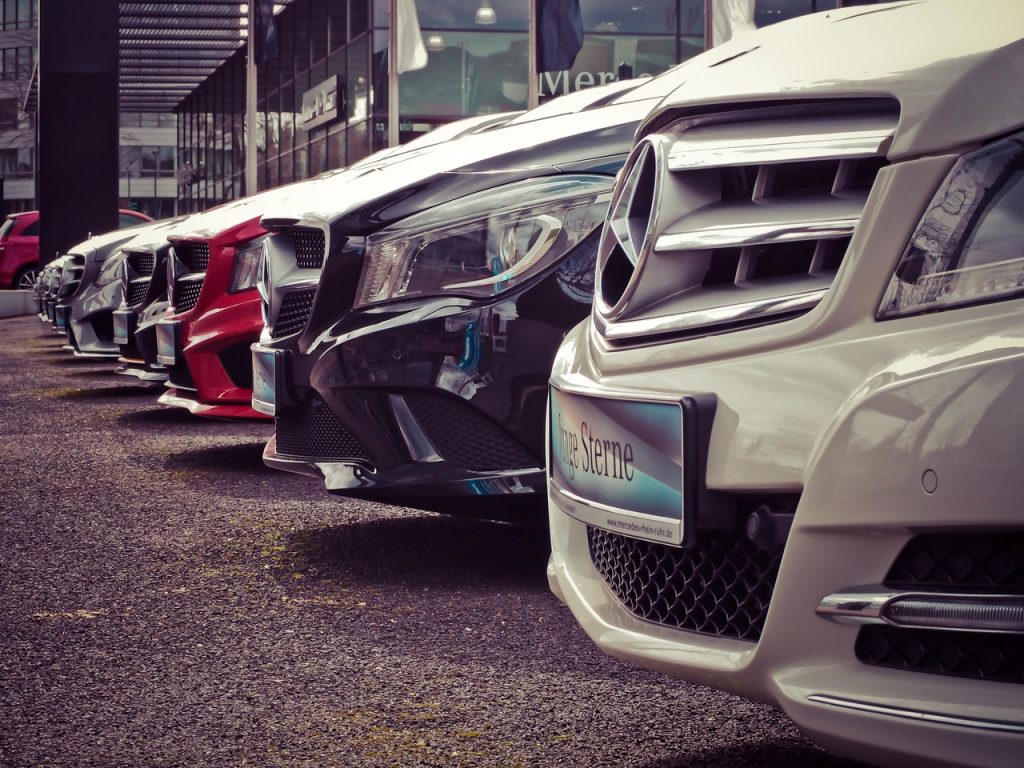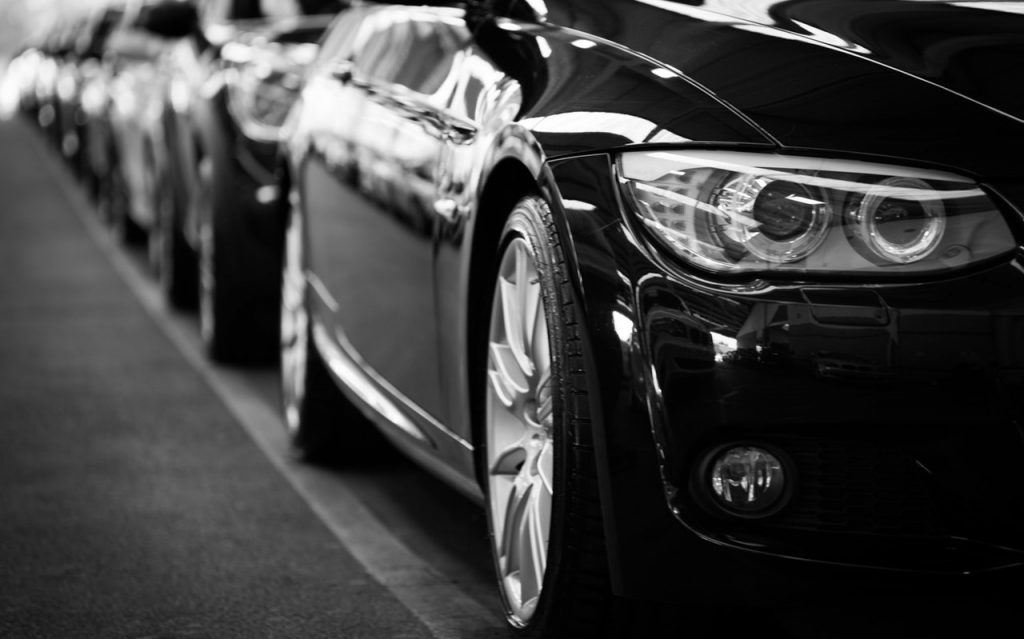Everyone loves a luxury car, especially the ones that are prestige models, or so expensive only the richest of people could afford. However, the luxury car market is hurting along with the rest of the car sector, with earnings at record lows. Some popular types of luxury car makers are still trusting their history of strong engineering, functionality, and brand cachet, and are hoping that they will convince interested buyers that it is worth shelling out the additional thousands to purchase their cars, that they have wanted their entire life and have always dreamed about.
As with any other vehicle purchase, however, it depends on what you want, and on how much you really care about your image, of course. Not everyone who owns a Porsche 911 or Audi R8 cares about their exceptional handling–some only need to be seen driving them, and they do not care about the price of the car, just about how many looks they get.
There are many emotional connections that individuals make with a new car and how it makes you feel. But there is more to luxury automobiles than prestige. Premium cars offer the most innovative security options and finest entertainment technologies on the current market, and of course some of the plushest insides and many choices for customer customization. It is not that vehicles from midsize brands such as Ford Motor and Honda are not secure or do not provide optional high-class amenities. However, with regular features like heated leather car seats and headrest-mounted DVD players, or even general multimedia there is an undeniable allure to owning a luxury car.
 Regardless of the appeal, it is not the best of times for luxury car makers, especially if you want to add a nudge bar to your car, who is going to care if it is not worth a million, or maybe you could buy a pure gold nudge bar? Last month, Acura’s sales dropped 29.7 percent from January 2008; Audi, 26.4 percent; BMW, 15.5%; Cadillac, 42.5%; Land Rover, 34.4 percent; Mercedes-Benz, 42.9%; and Porsche, 36.1%, to name a few. Ultra-premium brands such as Bentley and Ferrari fared much worse, down 74.4 percent and 52.4%, respectively. It is the first time a recession has so profoundly influenced America’s luxury segment, says BMW North America President Jim O’Donnell.
Regardless of the appeal, it is not the best of times for luxury car makers, especially if you want to add a nudge bar to your car, who is going to care if it is not worth a million, or maybe you could buy a pure gold nudge bar? Last month, Acura’s sales dropped 29.7 percent from January 2008; Audi, 26.4 percent; BMW, 15.5%; Cadillac, 42.5%; Land Rover, 34.4 percent; Mercedes-Benz, 42.9%; and Porsche, 36.1%, to name a few. Ultra-premium brands such as Bentley and Ferrari fared much worse, down 74.4 percent and 52.4%, respectively. It is the first time a recession has so profoundly influenced America’s luxury segment, says BMW North America President Jim O’Donnell.
O’Donnell says luxury brands will rally faster than the rest, however, thanks to financially healthier dealerships, better 4wd accessories, and better leasing and accredited pre-owned programs and loyal clients. In certain respects, he is already being demonstrated right: Jaguar submitted a sudden 17.6% sales gain last January in the same period a year earlier. And Audi, BMW and Mercedes-Benz each gained 0.1 percent of market share in 2008. However, with more luxury comes more security. Luxury cars also benefit since the manufacturers excel when it comes to security, and have sufficient credibility for customers to splurge on new innovations. Electronic stability control, blind-spot warning systems and anti-lock brake systems (ABS) all found their way to the general automobile market after their debut in luxury vehicles.
Nowadays, 71 percent of new vehicles that come standard with stability control, traction control, ABS, side-front airbags and curtain airbags cost $30,000 or more (luxury cars, basically), based on Consumer Reports. Forty-four percentage of the vehicles selected as top safety picks by the Insurance Institute for Highway Safety have an estimated base cost of at least $30,000. Advanced car salesmen also differentiate themselves by focusing on high performance vehicles. Of 353 new versions evaluated by Consumer Reports, just six with at least 300 horsepower price under $30,000. Fifty-two have at least 300 horses under the hood and cost more than $30,000. Leading them are BMW’s M lineup, including models offering 400 and 500 horsepower.
 Raw performance and security aside, the subjective value of standing does add to the value of a luxury and durability of an expensive vehicle. Researchers in Consumer Reports might not place any stock in new names, but anyone concerned with ‘keeping up with the Joneses’ does.
Raw performance and security aside, the subjective value of standing does add to the value of a luxury and durability of an expensive vehicle. Researchers in Consumer Reports might not place any stock in new names, but anyone concerned with ‘keeping up with the Joneses’ does.
Many customers in the luxury auto market say buyers are focusing on their core versions, however cost different they are compared to the higher end. BMW’s 128i coupe, for example, does not have the typical adaptive xenon headlights, high-performance brake controller and V8 engine of the considerably more expensive M3 coupe. The cost gap between the two is $30,000, which is quite a large gap for such a significant feature. Luckily, however, this is exactly what compels luxury automakers to provide down-to-earth amenities like all-wheel drive to be able to remain practical and distinctive, Fisher says. And that is why our customers are enjoying our luxury cars, they really are more than a prestige model, but a stand alone masterpiece that no man would over look. Below is a guide to the best luxury cars under $40,000, take a look and consider your next car!
